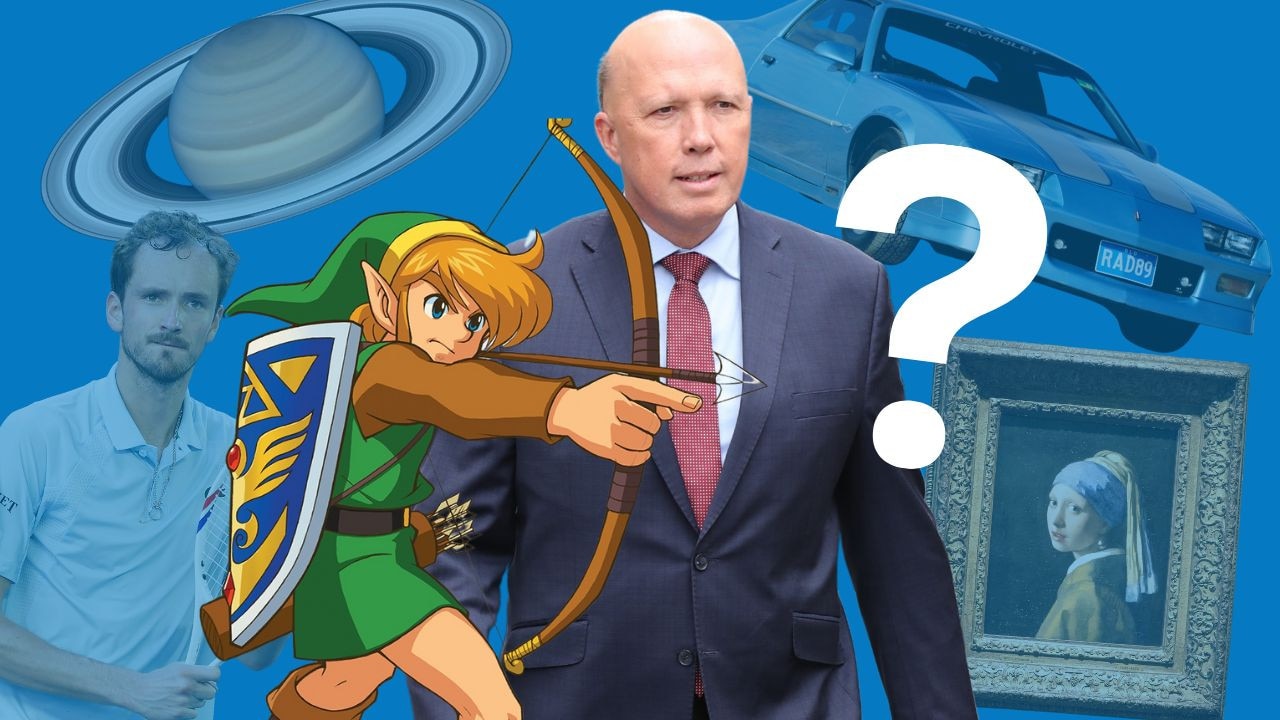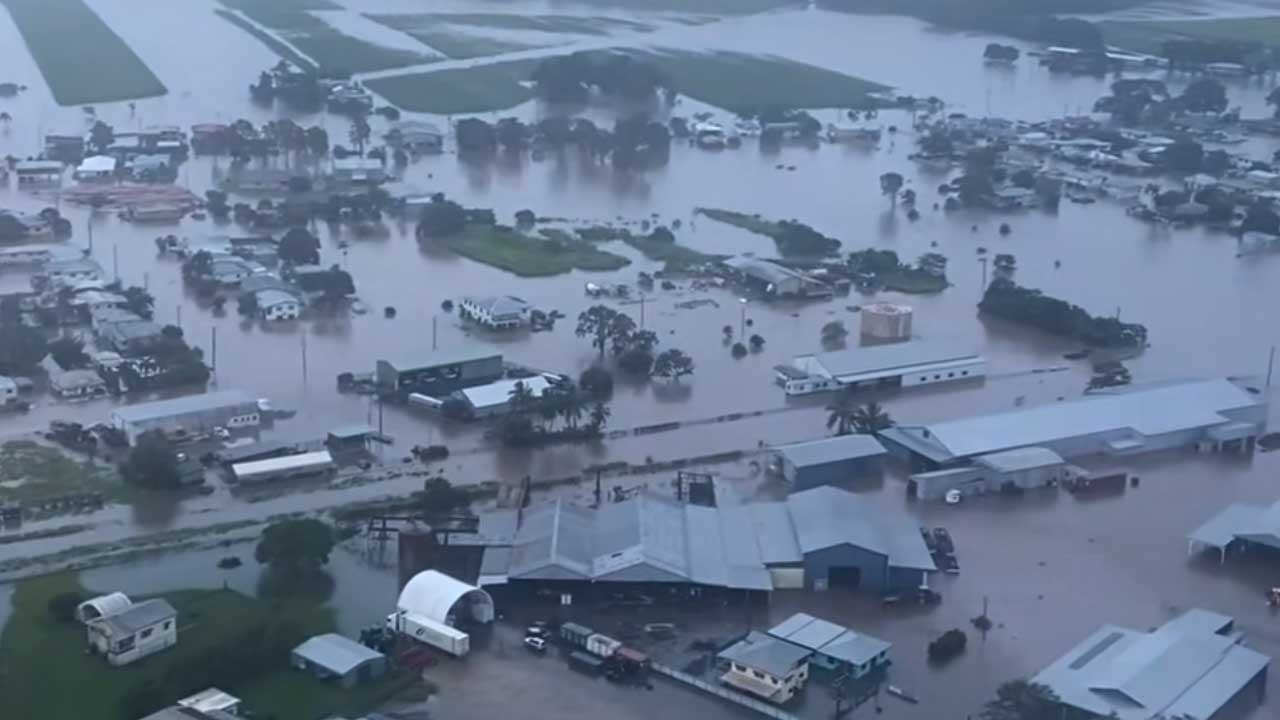Butchulla Warriors Memorial the first but should not be the last
A memorial to Butchulla warriors who died defending their way of life during colonisation was unveiled in Maryborough just days before Anzac Day. It is believed to be the first of its kind, but it should not be the last.
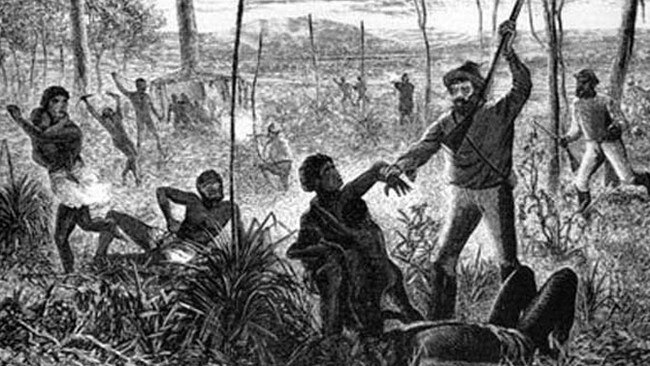
Fraser Coast
Don't miss out on the headlines from Fraser Coast. Followed categories will be added to My News.
On Anzac Day 2023, as I travelled between the two cities that comprise the Fraser Coast, it occurred to me how many war memorials we have in our region.
There are cenotaphs in Hervey Bay and Maryborough and in Howard.
In Tiaro, Brooweena and Tinana.
Just about every city and town in Australia has a monument to remember its war dead.
On the weekend, a monument that is the first of its kind was unveiled in Maryborough: the Butchulla Warriors Memorial.
It pays tribute to our nation’s first war dead, the indigenous men who defended their families, and as Fraser Coast Mayor George Seymour said so movingly, their culture and their way of life, against an invading force.
There should be a memorial of this kind in every region in this country.
This kind of recognition is something that as a community we can take pride in and, as the driving force behind the monument, Butchulla elder Glen Miller said it was a symbol of real reconciliation.
He raised a very pertinent issue on Saturday and that is the contrast in the way Australians feel about commemorating our war dead in foreign conflicts, especially since 1914, and the way the nation feels about those war dead who fell on our own soil at the hands of an invading force.
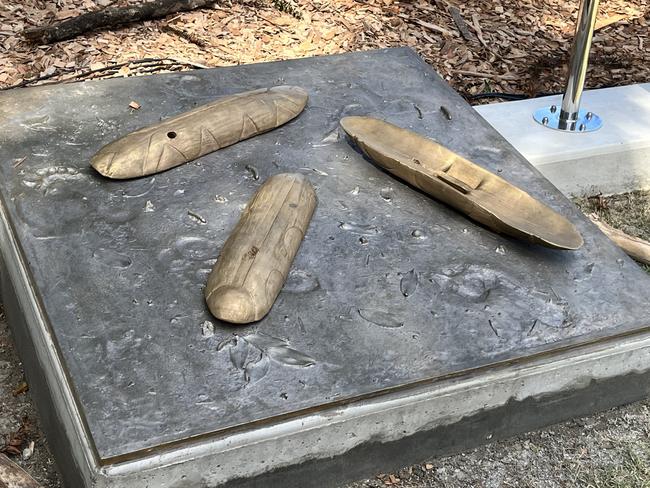
There are complicated emotions that arise from reflecting on what happened during the settlement of Australia.
It was a brutal time in our nation’s history.
Convicts were separated from their families in Britain for petty crimes and brought to live in a country to build their lives as best they could.
We tend to celebrate the pioneering spirit of the nation’s first white settlers, but too often overlook the reality of colonisation, during which indigenous people were killed and dispossessed of their land.
After 60,000 years of living in their own country, the indigenous population found themselves subjected to terrible crimes by a technologically superior force.
As Mr Miller said, they stood with spears against firearms. Men who had never seen a gun before.
But they never stopped fighting.
If you wanted to sum up the Australian spirit, it would be hard to find a more apt description.
The unveiling of the monument on Saturday was as much a celebration of the survival of the nation’s indigenous people and their customs and culture as it was recognition of those who fought in aid of that survival.
Every council in Australia should be looking at creating a memorial like this.
Just like Anzac Day, there should be a day where we lay wreaths and give thanks that we live in Australia as it is today, that we have moved on from the racist policies of the past and that indigenous culture has survived against all odds.
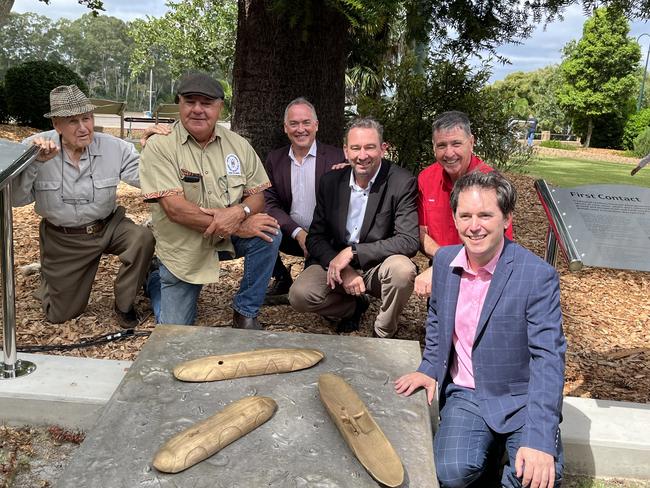
Butchulla artist Fiona Foley said a couple of years ago there should be a monument on Fraser Island to recognise the brutal massacre of the region’s indigenous people on Christmas Eve, 1851.
Now that the Butchulla Warriors Memorial has been built, it’s time to focus our energy on achieving that goal.
If there can be cenotaphs across the Fraser Coast - and I’m the first to say there should be - we need to be equally concerned about recognising the great losses of others in our nation.
It is there at Indian Head, Dr Foley believes the first monument should be built, not only because of the attack on the Butchulla people at that site, but because it was named Indian Head by Captain James Cook after he spotted the inhabitants of the island while sailing past Fraser Island in 1770.
It was the first moment the would-be settlers and the indigenous people saw each other.
The Fraser Coast is leading the way in ensuring our indigenous war dead are honoured.
This is the next step.



